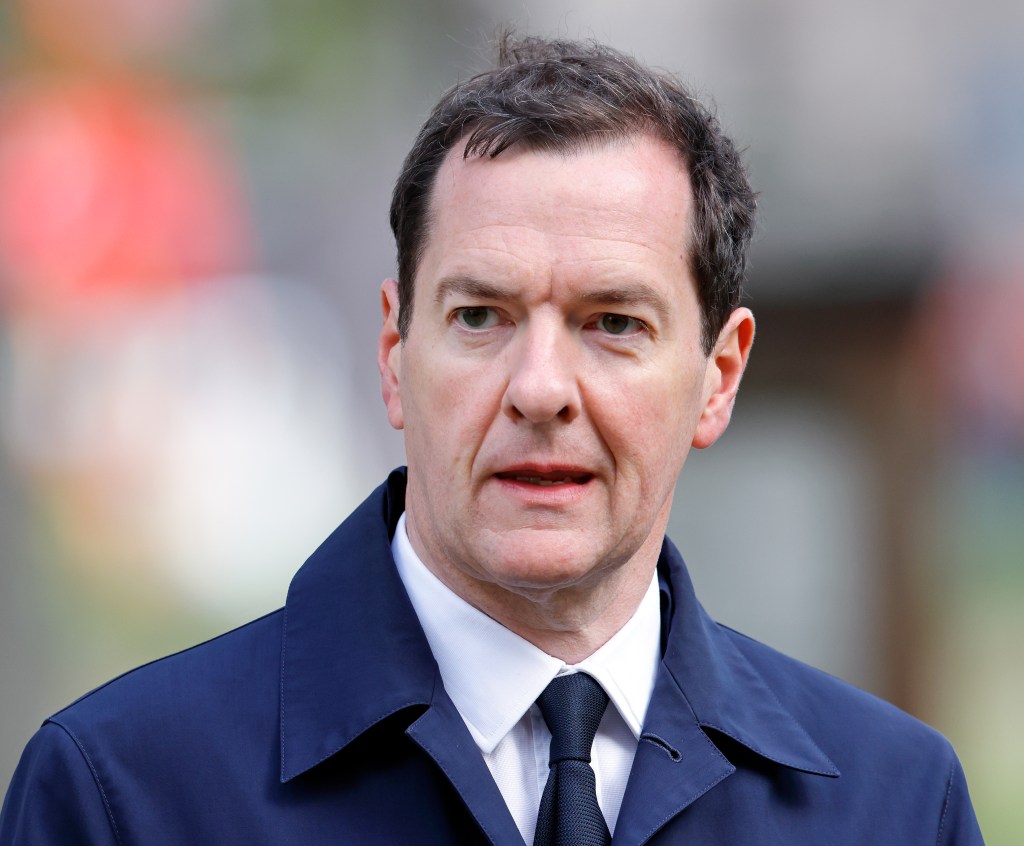British Museum chairman George Osborne reportedly clashed with officials from the Prime Minister’s office over the selection of the institution’s next museum director prior to the appointment of National Portrait Gallery director Nicholas Cullinan.
According to the Telegraph, museum trustees on the selection panel were ordered by officials at Downing Street (the London residence of UK Prime Ministers) to send the names of the two finalists to Prime Minister Rishi Sunak and his advisors; Sunak’s office planned to decide which candidate was fit for the institution’s keenly watched top position.
However, Osborne reportedly rejected this demand, saying “it went against customary practice” and that it threatened the museum’s independence.
Per tradition, the Prime Minister formally ratifies the position after the British Museum trustees announce its choice of director.
Cullinan was named the next director on March 28. The announcement came amid a series of controversies at the British Museum, most prominently its handling of the theft of more than 1,800 items from its collection. The museum has since filed a lawsuit against former curator Peter Higgs, alleging he was behind the theft.
This isn’t the first staff shakeup at the British Museum to incite tension with Downing Street. In 2020, the office of Prime Minister Theresa May reportedly rejected adding Mary Beard to the British Museum’s board, citing her political views. Beard, a renowned British classicist and University of Cambridge professor, had voiced support for the UK remaining in the European Union.
The British Museum’s board of trustees bypassed the process of reference from Downing Street by appointing Beard themselves, as five of its 25 seats can be appointed without government approval.
Interim museum director Mark Jones told the Guardian on April 11: “There’s been an increasing politicization of the nominations to the boards of museums and galleries.”
Speaking in a personal capacity, Jones added: “That seems to me to be a shame because I think the criteria for selection should be their suitability for being on the board and the contribution they can make to the museum or gallery.”

